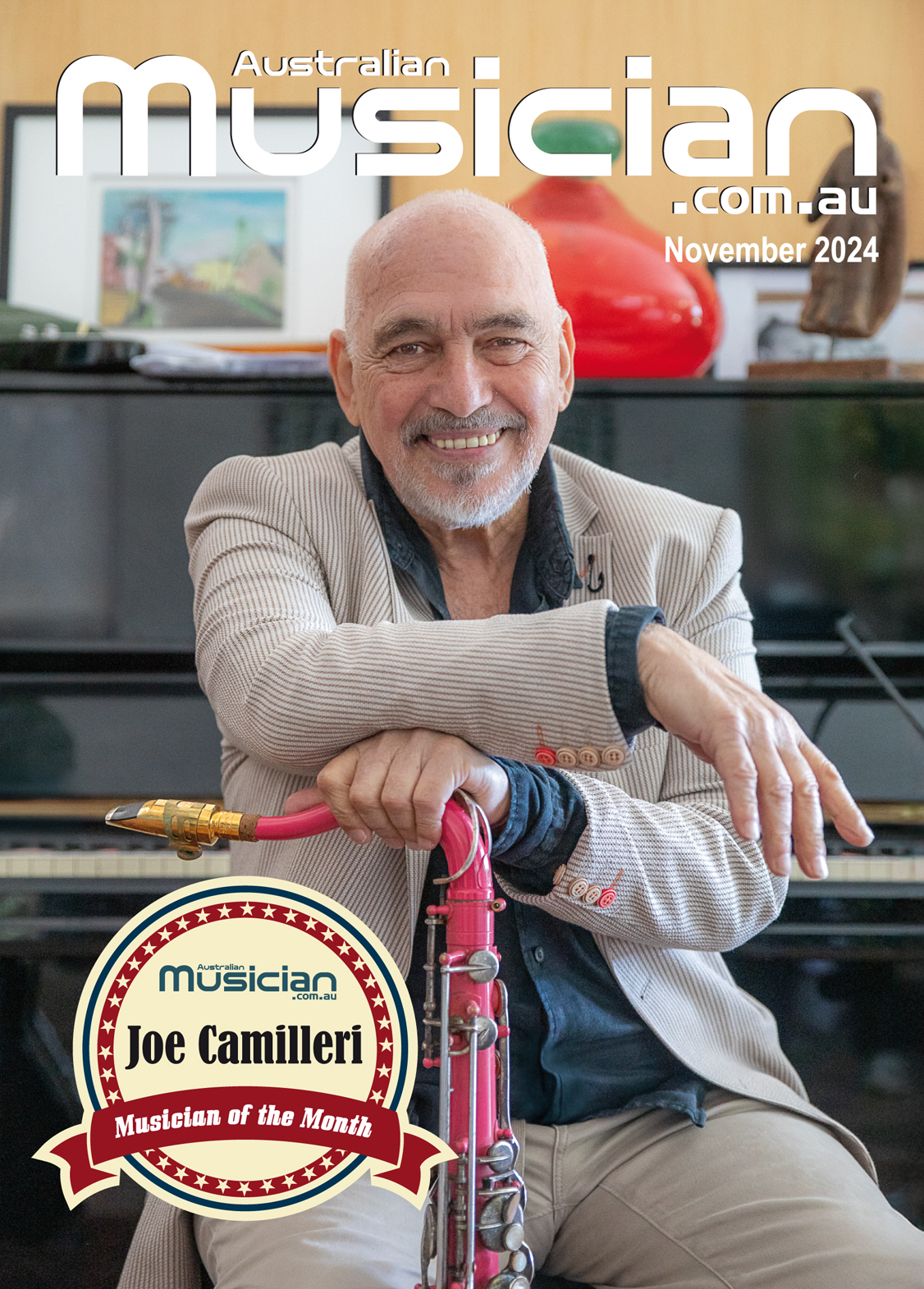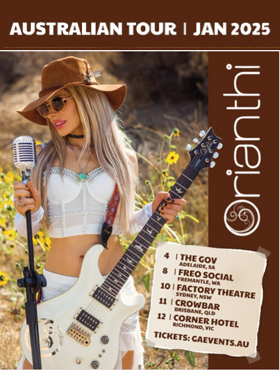ROLAND FP-7 DIGITAL PIANO
December 3, 2007 | Guest Reviewer: Julitha Ryan
Distributor: ROLAND (02) 9982 8266
 I should start right out by saying that I am a Roland digital piano fan from way back. I’ve played keys ever since a band I was singing in lost its keyboard player (To a law degree no less. Poor sucker’s now pulling in 300K + a year). They said “ Hey Julitha, you can play piano can’t you?”
I should start right out by saying that I am a Roland digital piano fan from way back. I’ve played keys ever since a band I was singing in lost its keyboard player (To a law degree no less. Poor sucker’s now pulling in 300K + a year). They said “ Hey Julitha, you can play piano can’t you?”
I bought his DX7 and I was away. Most of my playing at that stage consisted of those funky keyboard bass lines and a few soaring stringy things on choruses and I was standing up too– some of you may know what I’m talking about . Those of you who don’t, well, consider yourselves lucky. As time went by I was increasingly called upon to play piano live and searched for some time for the right keyboard.
I was thrilled to find the Roland HP136. I really loved this keyboard from the moment I played it, and it is the piano I played on the first three Silver Ray albums. I estimate that I played over 500 gigs on my HP136 and took it with me when Silver Ray was asked to support Nick Cave & The Bad Seeds in UK & Europe (2004). My other keyboard came back from that tour, as well as my stand, but the freight company ‘lost’ my piano! Somewhere in the Gulf is a very happy piano player, playing my ’customised’ Roland piano, and probably wearing one of the 25 Silver Ray T-shirts that were packed over the keys … Thankfully I was insured (mainly at Cam Butler’s insistence – thank you Cam!) and soon became the happy owner of a Roland F50. So what the hey, I jumped at the chance to test a new Roland FP7.
I’m truly a player in every way, and so I have to admit to you that many of the technological features of the FP7 are very new to me. When it comes to digital pianos, I favour simplicity. However I am impressed with some of the features available here, and can see they could be of particular use as a live performer.
My first impressions of the instrument were very good – I didn’t do any damage to body parts lifting it out of the box and setting it up. At just over 23 kgs it is relatively light compared with, say the HP136 (which, if my memory serves me right, weighed about 800 kg), and is a nicely balanced weight to carry. This means a lot when negotiating staircases and stages in high heels.
On sitting down to play I was pleasantly surprised by the soft fluffy feel of the keys and the sweetness of tone (particularly the Grand Piano setting) through the built-in speakers, although I had to fight the urge to bang out a few Mozart sonatas. The FP-7 features Roland’s new PHA II (Progressive Hammer Action II), which accounts for the natural response of the keys, and can also be adjusted in 100 incremental steps. Dozens of instrumental sounds are to be found on the FP-7. Flicking through the sounds I came to Rock Piano and thought to myself “aha here’s my thing” but I didn’t enjoy it as much as I did the Grand Piano sound. So, sticking to the Grand Piano setting, off we went to rehearse with the Ray. The sound through the PA was good – rich, round – and I was lucky to have had the chance to test it out at the East Brunswick Club live. This room has a great PA system, and the piano sounded very warm through it.
The FP7 also has the capacity to record and playback live which may work if you are playing a repeated motif or set of chords. It can store up to 30,000 notes of recorded music. It’s also connectable via USB to your computer and includes Cakewalk Sonar LE recording and editing software. In addition to the USB output, you also get MIDI I/O, 1/4″ input and output jacks, headphone output and pedal jacks. I was very happy to find the built-in speakers have an “on-off” switch at the back – I have confused many a mixer with the F50 making noise on stage before it has been plugged into a DI. The controls are clear, and although I was without an instruction manual, I could still find my way around. I also liked the fact that the screen was large and easy to read with a “contrast” knob to adjust the brightness as required. Sometimes things can get pretty hazy live, and I’m not just talking about the smoke machine.
I like my digital pianos to be solid and sturdily built with plenty of action in the keys, a good piano sound , midi in/out, and preferably not too heavy. I am happy to say that the Roland FP7 ticks all these boxes. For the type of gigs I’m playing, the FP-7 includes so many features, I simply wouldn’t need to use most of them. But that’s not to be seen as a criticism. I can see how handy this keyboard could be for players looking to possess a unit with a quality piano sound engine, a natural feel, and the ability to record, all in one lightweight unit. This instrument would be perfect for a music student or teacher and as a tool for home-recording second-to-none.


